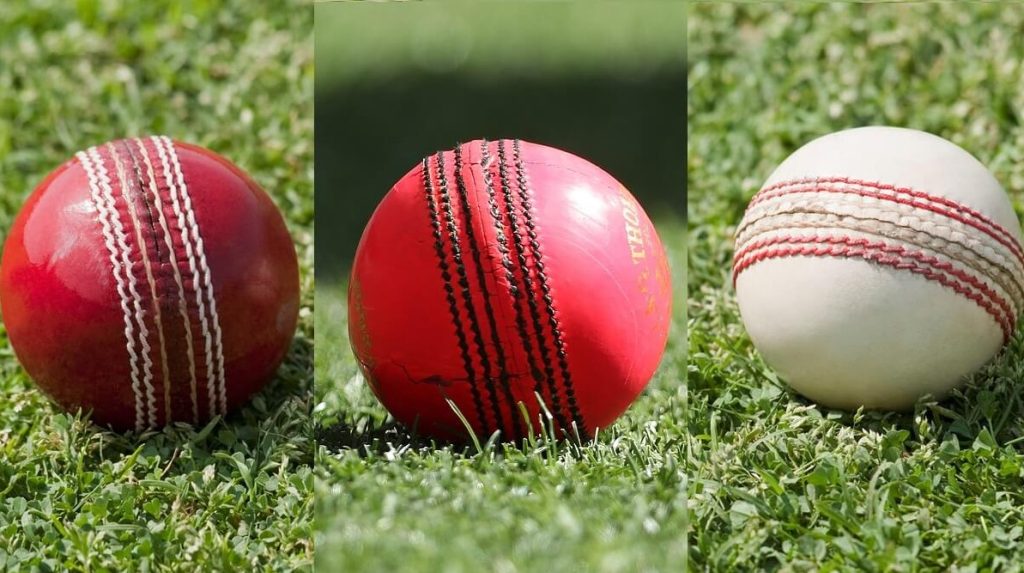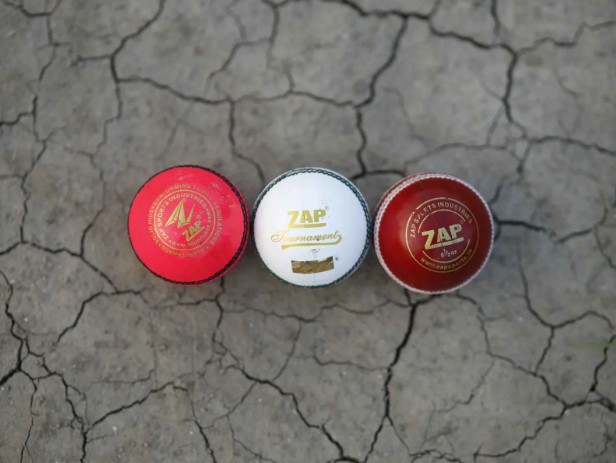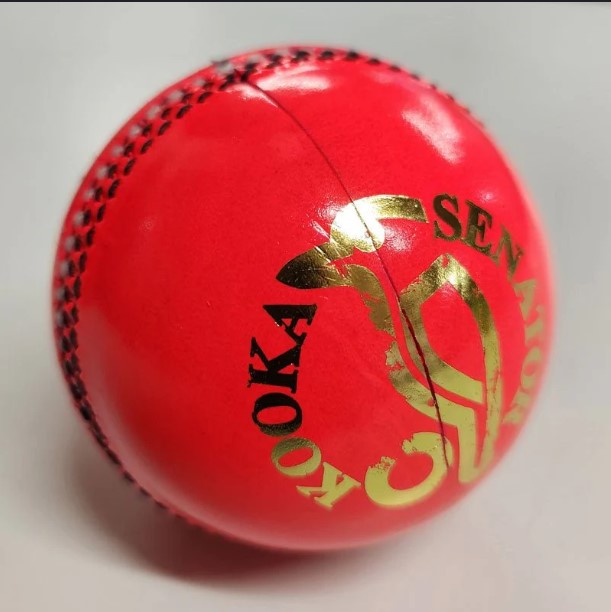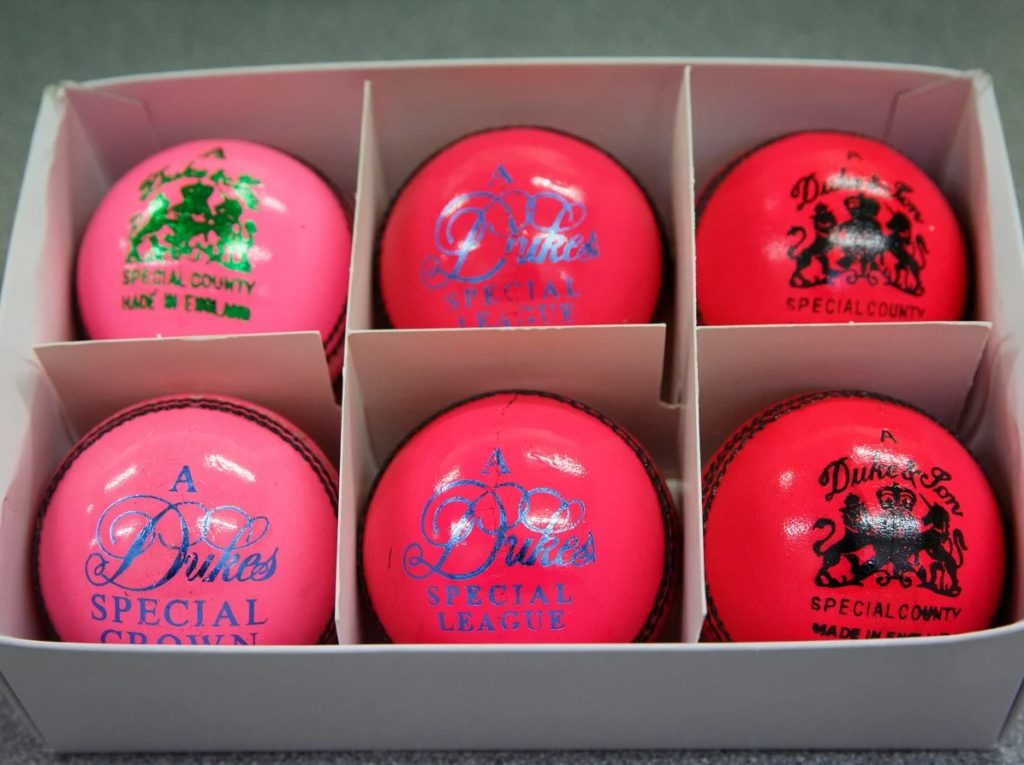Pink Ball: Cricket is a sport steeped in tradition, but over the years, it has embraced several changes and innovations to make it more exciting for both players and fans. One of the most revolutionary developments in recent years has been the introduction of the pink cricket ball, which was designed to improve visibility under lights, particularly for Day-Night Test matches. The pink ball has proven to be a game-changer, altering the dynamics of how the game is played, the strategies employed, and the overall fan experience.
In this article, we will explore why the pink cricket ball is such a significant addition to the sport, examining its impact on visibility, gameplay, player performance, and the future of cricket.
The Visibility Advantage

One of the primary reasons the pink ball was introduced was to solve the issue of visibility under artificial lighting. Traditionally, cricket was played with a red ball, which works perfectly under daylight but becomes difficult to see in the evening when games are played under floodlights. The red ball tends to become discolored and hard to see as it loses its brightness, especially when faced by players or spectators under lights.
The pink ball was specifically designed to retain its visibility throughout the evening and into the night. Its brighter hue makes it easier for both players and spectators to follow the ball’s trajectory, especially when played under floodlights. This innovation has enabled longer-format games, such as Test matches, to be played in a Day-Night format, opening up new possibilities for scheduling matches.
Visibility Comparison
| Ball Color | Visibility Under Lights | Effectiveness in Day-Night Matches |
|---|---|---|
| Red | Becomes harder to see after dusk | Poor visibility in the evening session |
| Pink | Stays visible under artificial lighting | High visibility, improves viewing experience |
| White | Easily visible in the day but fades under lights | Best for limited-overs cricket (T20 and ODI) |
The pink ball’s ability to remain highly visible under different lighting conditions has been crucial in making Day-Night Test cricket a success. Players have reported that the ball is much easier to spot under lights, helping them read deliveries better and providing fans with a much clearer visual experience.
Changes In Batting And Bowling Dynamics

The introduction of the pink ball has had a profound impact on both batting and bowling strategies in Day-Night Test matches. While the red ball tends to behave relatively consistently throughout the day, the pink ball has different characteristics, especially during the twilight hours.
Impact On Batting
Batting with the pink ball has proven to be more challenging than with the red ball. The pink ball tends to swing and seam more in the early stages of the game, particularly during the evening and night sessions. This makes it difficult for batsmen to adjust to the conditions, especially in the first few hours of play when the ball is new. The challenge of facing a moving pink ball has added a new layer of complexity to Test match batting.
However, as the pink ball loses its shine and starts to get older, its movement decreases, and the batting becomes easier, much like the traditional red ball. Batsmen must adjust their strategies and timings accordingly, making it a unique challenge.
Impact On Bowling
For bowlers, the pink ball provides an exciting opportunity to exploit the swing and seam movement in the early stages of the game. Fast bowlers have found that the pink ball swings more under the lights than the red ball, which can be a big advantage. This increased swing makes it easier for bowlers to get wickets, especially in the evening when the ball is newer.
However, just like with batting, the challenge for bowlers is adjusting to the different behavior of the ball as it gets older. Spinners also find that the pink ball behaves differently compared to the red ball, as it tends to get softer quicker, which can affect the grip and turn.
Batting And Bowling With The Pink Ball
| Aspect | Impact on Batting | Impact on Bowling |
|---|---|---|
| Early Stage | Challenging due to increased swing and seam movement | Fast bowlers benefit from extra swing and seam movement |
| Middle Session | Conditions become easier as the ball loses shine | Ball becomes easier to handle, spin bowlers find grip |
| Late Stage | Easier to score as the ball becomes softer | Ball loses its effectiveness, swing and seam reduce |
The introduction of the pink ball has encouraged a shift in how teams approach batting and bowling strategies, making Day-Night Tests more dynamic and unpredictable. Bowlers need to make the most of the early swing, while batsmen need to take advantage of the middle phase of the game when the conditions become easier.
Impact On Spectator Experience

The use of the pink ball has also had a significant effect on the spectator experience. Traditionally, Test matches were played during the day, which meant that fans could attend the games comfortably in the daylight. However, the advent of Day-Night Tests, facilitated by the pink ball, has made it possible to schedule matches in a way that accommodates a wider audience. The evening and night sessions attract more viewers, as working professionals and those who can’t make daytime matches are now able to watch the game.
Moreover, the enhanced visibility of the pink ball has made it easier for fans to follow the game on television and in the stadium, creating a more immersive and exciting experience. The pink ball’s vibrant color adds a sense of novelty and spectacle to the game, making it more engaging for both seasoned fans and newcomers.
Spectator Experience With The Pink Ball
| Factor | Traditional Red Ball | Pink Ball (Day-Night Test) |
|---|---|---|
| Match Timing | Daytime matches only | Evening and night sessions available |
| Visibility | Difficult under lights | Highly visible under artificial lighting |
| Fan Engagement | Limited by daytime scheduling | Attracts more fans due to convenient timing |
The pink ball has given cricket a fresh appeal, especially for audiences who may not have traditionally followed Test cricket. The Day-Night Test format has made it easier for fans to enjoy longer-form cricket without having to commit to a full day at the ground.
Challenges In Maintenance And Durability
Despite its advantages, the pink ball comes with its own set of challenges. One of the main issues faced by players and ground staff is the ball’s durability. The pink ball tends to lose its shine and color more quickly than the red ball, and this has led to concerns about how long the ball will remain effective during a match.
The wear and tear of the ball, especially during Day-Night Tests, can affect its performance. Bowlers have noted that the ball becomes softer and loses its seam after a certain number of overs, which can reduce the amount of swing and seam movement.
Durability And Maintenance Of The Pink Ball
| Issue | Red Ball | Pink Ball |
|---|---|---|
| Color Fading | Fades slower and retains color longer | Tends to fade faster, requiring more maintenance |
| Durability | Can withstand more overs before losing shape | Gets softer and loses shape quicker, affecting performance |
| Wear & Tear Impact | Maintains consistency for longer periods | Loses swing and seam after fewer overs |
Efforts are being made to address these durability issues, and manufacturers have been working on improving the pink ball’s construction. However, for now, it remains a work in progress, and cricket authorities are constantly exploring ways to mitigate these challenges.
The Future Of Pink Ball In Cricket

The future of the pink ball looks promising, with its use becoming more widespread in international cricket. The success of Day-Night Test matches, particularly in countries like Australia, India, and England, has demonstrated that the pink ball can be a game-changer in how the sport is played and consumed.
There is a strong possibility that the pink ball will be used in more formats of the game, including domestic tournaments and international series. As the ball’s durability improves and players become more accustomed to its behavior, the pink ball could become the standard for Test cricket, ensuring that the game remains relevant and exciting for modern audiences.
The Future Of Pink Ball Cricket
| Aspect | Current Use | Potential Future Impact |
|---|---|---|
| Match Format | Primarily in Day-Night Tests | Possible use in more domestic and international formats |
| Durability | Needs improvement | Development of a more durable ball for extended use |
| Fan Engagement | Attracts a broader audience | Increased global interest and viewership of Test cricket |
As more players adapt to the nuances of the pink ball, we can expect to see an even more thrilling and competitive brand of Test cricket. The future of the pink ball in cricket looks bright, and its continued use could define the next era of the game.
The introduction of the pink ball has undoubtedly revolutionized the world of cricket. From improved visibility under lights to altered batting and bowling dynamics, the pink ball has had a far-reaching impact on the game. It has enabled the expansion of Day-Night Test cricket, making it more accessible to fans and creating new opportunities for broadcasters and organizers.

Despite its challenges, such as durability concerns, the ball has proven to be a game-changer, offering a fresh and exciting way to experience the sport. As cricket continues to evolve, the pink ball is likely to play a significant role in shaping the future of the game.
